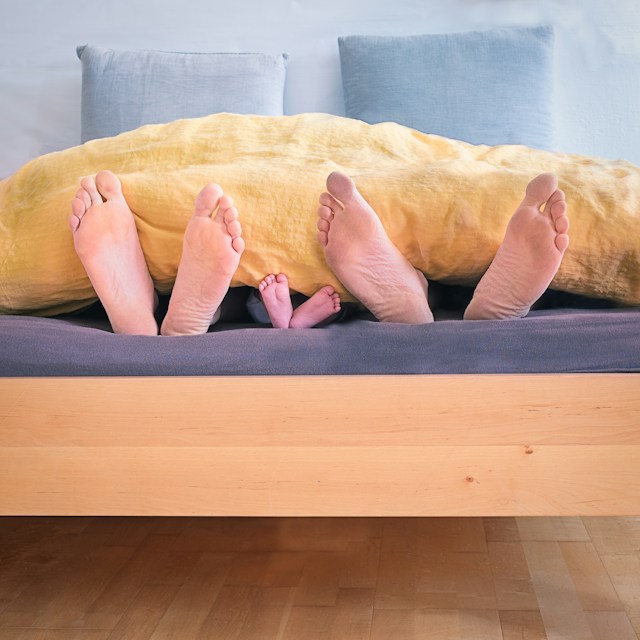Hey, you! Yes, you, with those bare feet. Did you know that being diabetic can be a real challenge for your lower extremities? Well, get ready for an informative journey on how to take care of your little feet with a touch of humor.What is this “diabetic foot” stuff? let me tell you, diabetes is like the number one villain when it comes to lower extremity amputations. One of its most evil tricks is the appearance of foot ulcers. And attention, because in 10 years could have 552 million people with diabetes worldwide! -Now, “diabetic foot” sounds like the bad guy in a horror movie, but it’s actually an alteration of your feet due to uncontrolled diabetes. (1)

Why does this happen? Well, diabetes gets naughty: high blood sugar levels damage tissues, mainly blood vessels, and your poor nerves no longer get enough blood and oxygen. This means that you can receive bumps and bruises without even feeling them, because the nerves are damaged and cannot send the signal to the brain. Imagine that your foot is isolated inside a bag: you don’t feel it when it burns, and wounds take forever to heal. Also, your shoes could be your worst enemies. Normally, when your shoes hurt, you complain and change them. But in this case, you don’t even know that your shoes are conspiring against you!(2)
How often does this occur?
It seems that diabetes is like that unwanted guest that arrives unannounced, since it is estimated that around 10% of Mexicans suffer from this condition. “Diabetic foot” usually occurs in people between the ages of 45 and 65, affecting 7 out of 10 diabetics! In addition, about 15% of diabetics will experience foot ulcers at some point in their lives. What a party, right?! (1)
Diabetic Foot Magic Treatments
- Fun Home Cleaning: In the early stages of wounds, water and soap are your best friends! Yes, just like when you were a child. All you need is a good gentle wash, but remember, don’t go it alone! Consult a health expert for advice and to make sure everything goes smoothly.
- Operation Extreme Cleansing: When the situation becomes complicated, debridement comes into play. Imagine a specialized hospital cleaning team bravely removing all dead or infected tissue. It’s like an extreme version of your mom’s intensive cleaning at home, but for your body!
- The Battle Against the Bugs: If infections decide to have a party in your wound, antibiotics become your superheroes. Get ready for a long stint with them! These drugs work hard to defeat the invaders and keep the peace in your body.
- Blood Engineers: In more serious cases, revascularization surgery is like building bridges in a city. Surgeons create “bridges” of blood vessels to redirect blood to areas in need. It’s like an epic miniature construction on your own body!
- Last Resort: Amputation is the last card up your sleeve, and unfortunately, sometimes it is necessary. When there is no other option to save a part of your body, surgeons may have to remove it. We’re not going to kid you, it can be a tough blow. According to Dr. Ocampo-Barrio, a percentage of patients may experience depression afterwards. But remember, the medical community and emotional support are there to help you get through it!(3,4)
What if I already have diabetes, how can I avoid “diabetic foot”?
Well, my friend, don’t worry. Here are some ways to keep your feet from becoming unruly:
- Keep your diabetes under control as if you were the captain of a ship in the middle of a storm.
- Visit your doctor regularly to keep an eye on your little feet.
- Play detective and check your feet every day for suspicious injuries.
- Wash and dry your feet meticulously, as if you were preparing them for an important date.
- Never walk barefoot, even at home, your feet need protection!
- Don’t wear shoes without socks, it only increases friction!
- Keep your nails short and seek professional help if you have problems with calluses or ingrown toenails.
- Always wear long cotton socks and comfortable shoes that allow your little toes to breathe.
- Avoid extreme temperatures and very hot water for your feet, we don’t want to cook them.
- Moisturize your feet with cream after showering and eat foods rich in nutrients for fast healing.
So there you have it, diabetic friend – your feet deserve special care! Keep your diabetes under control and follow these tips to prevent “diabetic foot” from playing tricks on you. Remember that your feet are like those loyal friends that carry you everywhere, so take care of them as they deserve! See you in the next chapter of “Walking with Diabetic Style”!
For more information, we invite you to visit the article “Clinical Practice Guideline on Diabetic Foot” (doi: 10.3823/1211) and to continue sharing relevant information and be part of prevention.
References:
International Diabetes Federation. Global diabetes plan 2011-2012.
2. Lavery, LA., Armstrong, DG., Vela, SA. et al. Practical criteria for screening patients at a high risk of diabetic foot ulceration, Arch Intern Med. 1998; 158-67.
3. Aguilar Diosdado, M. et al. Diabetes: Guía para personas afectadas y cuidadoras. Consejería de Salud. Sevilla. 2008.
4. Viadé, J. Pie Diabético. Guía práctica para la prevención, evaluación y tratamiento. Editorial Médica panamericana. 1 Edición. Madrid. 2006.
5. Martínez-Salio, A., Gómez de la Camara, A., Ribera Canudas, V., Montero Homs, J., Blanco Tarrío, E. et al. Diagnóstico y tratamiento del dolor neuropático. Med Clín. 2009; 133 (16): 629-36. 27. Andrea, L., Christ



